7 top tips for photographing Monument Valley
The 'secret' overlook, best times, and other tips for capturing the spectacular 'mittens' of Arizona's iconic red rock desert
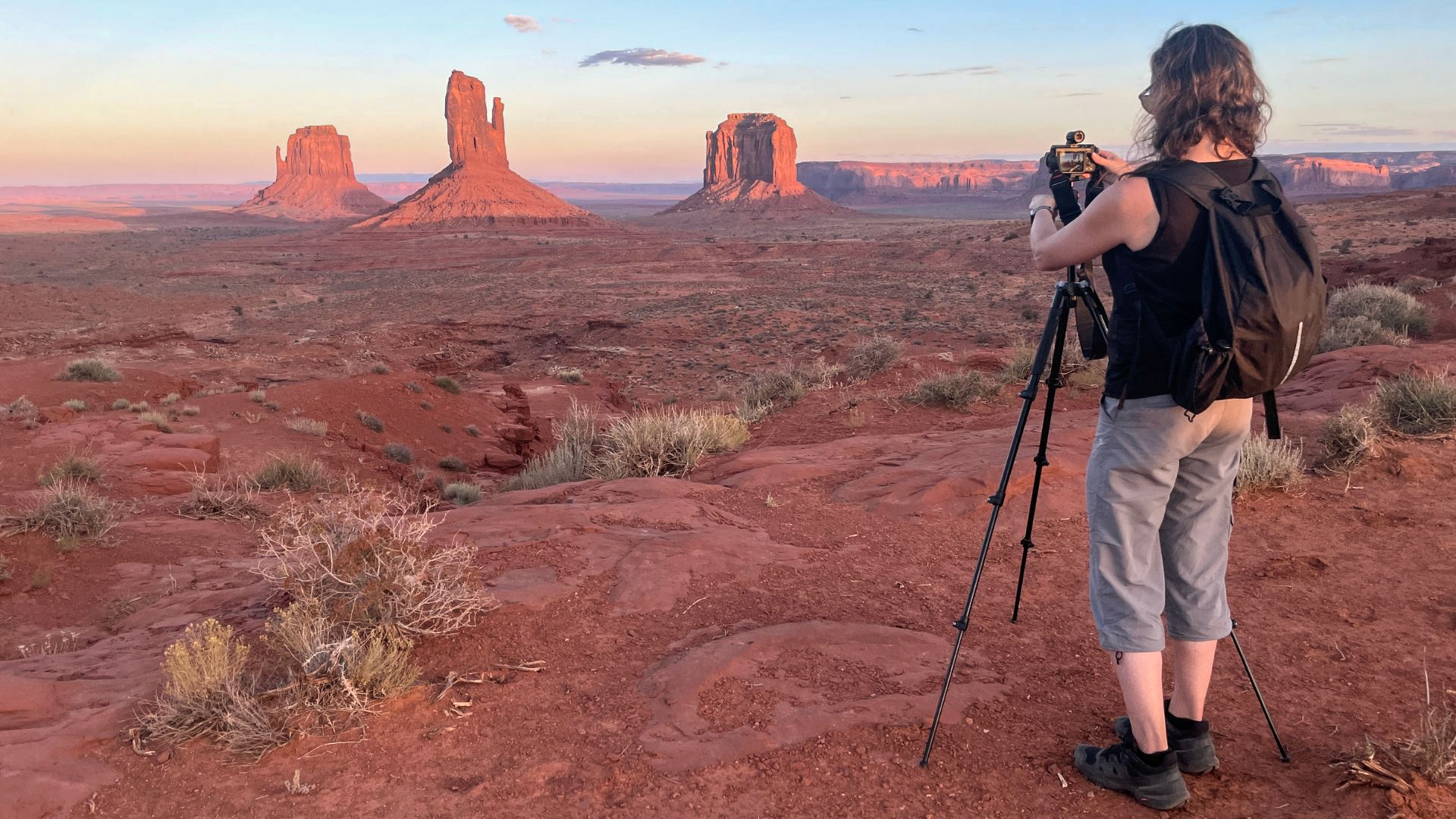
For many, Monument Valley Navajo Tribal Park is the American West. It’s been the backdrop to countless movies and the subject of some spectacular landscape photography over many decades, Monument Valley on the Arizona Utah border is a destination that requires some research if you are to get the most out of it.
The classic view in Monument Valley is of three Navajo Sandstone buttes called West Mitten Butte, East Mitten Butte and Merrick Butte. There are many other compositions to try your hand at, but the view of these three buttes – as captured while standing next to the visitor center, of course – is the image most photographers want to capture. The joy is to get that image on your own terms, both at sunrise and sunset, and possibly at night, too, without ignoring the rest of the richly photogenic area.
1. Understand the region
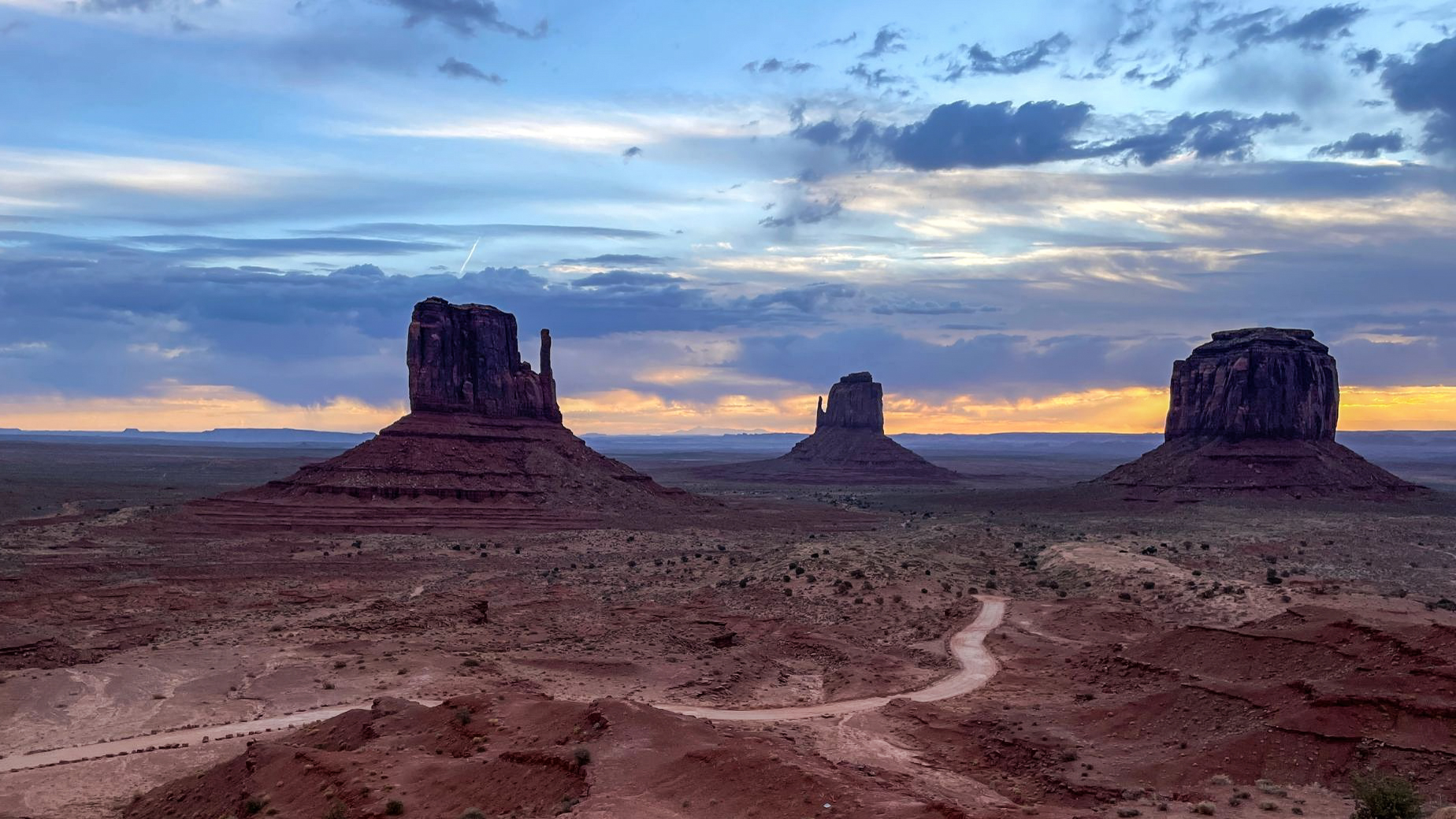
Monument Valley is within the Navajo Nation, the largest land area held by a Native American tribe in the U.S. that covers parts of Utah, Arizona and New Mexico. As you stand beside the visitors center in Monument Valley Tribal Park and look at the three buttes you’re looking east and southeast. The position of the rising sun will differ depending on when you go, but at sunrise, you’ll get the three buttes in silhouette, with all three lit up and looking orange in the late afternoon ‘golden hour’ before sunset. It costs $8 per person per day to enter Monument Valley Tribal Park, where official opening hours vary throughout the year. In practice, it sometimes opens at 7:00 a.m. despite that not being advertised.
2. Find a room with a view

If you want to guarantee being in the right place for sunrise and sunset then stay in the park itself. The View is a hotel beside the visitors center on the edge of the valley with a great view of West Mitten Butte, East Mitten Butte and Merrick Butte. Even if you get a room with a perfect view for photography, you are yards away from a ringside seat. The best place to stay, however, is a cluster of simple rentable cabins slightly away from the crowds at the top of the valley side that has a stupendous view. Just as good is a basic campground in the sand dunes at the top of the Wildcat Trail. All are managed by The View, a Najavo-owned business.
If you can't get a room/cabin/tent in Monument Valley Tribal Park itself then you'll have to stay outside the park, which generally means staying around four miles away back down Monument Valley Road. The most accessible place to stay is Goulding's Monument Valley, a historic trading post that is now a hotel on one site and, slightly further away, an RV and campsite at another site. Gas stations and grocery stores are available, as is a basic restaurant, though you’re not going to get a view of Monument Valley – and you’ll need to get up that bit earlier to drive into the park. You can book a range of tours at Goulding’s.
3. Tackle the Loop Road yourself
Most visitors to Monument Valley appear just to take in the view from the visitor center, you can get far deeper into the park without getting out of your car. The Valley Drive is a 17-mile dirt road that is best tackled slowly – particularly the first steep descent – though a 4x4 will help. It’s pretty rough all the way around, though mostly flat, and there are soft sand sections. You can book a tour and see it all on the back of a safari-style truck. Most of those tours do take you down private roads not accessible to those who take their own car, but compared to driving yourself you’ll have a lot less time for photography. While the tourist trucks stop in every third viewpoint or so of the dozen pullouts between the buttes and mesas, if you have your own car you can spend as long as you like. It’s generally agreed that it takes two hours to The Valley Drive, but photographers should plan on four or five hours. It’s best done as early in the morning as possible before the crowds arrive.
4. Take the ‘secret’ photography hike
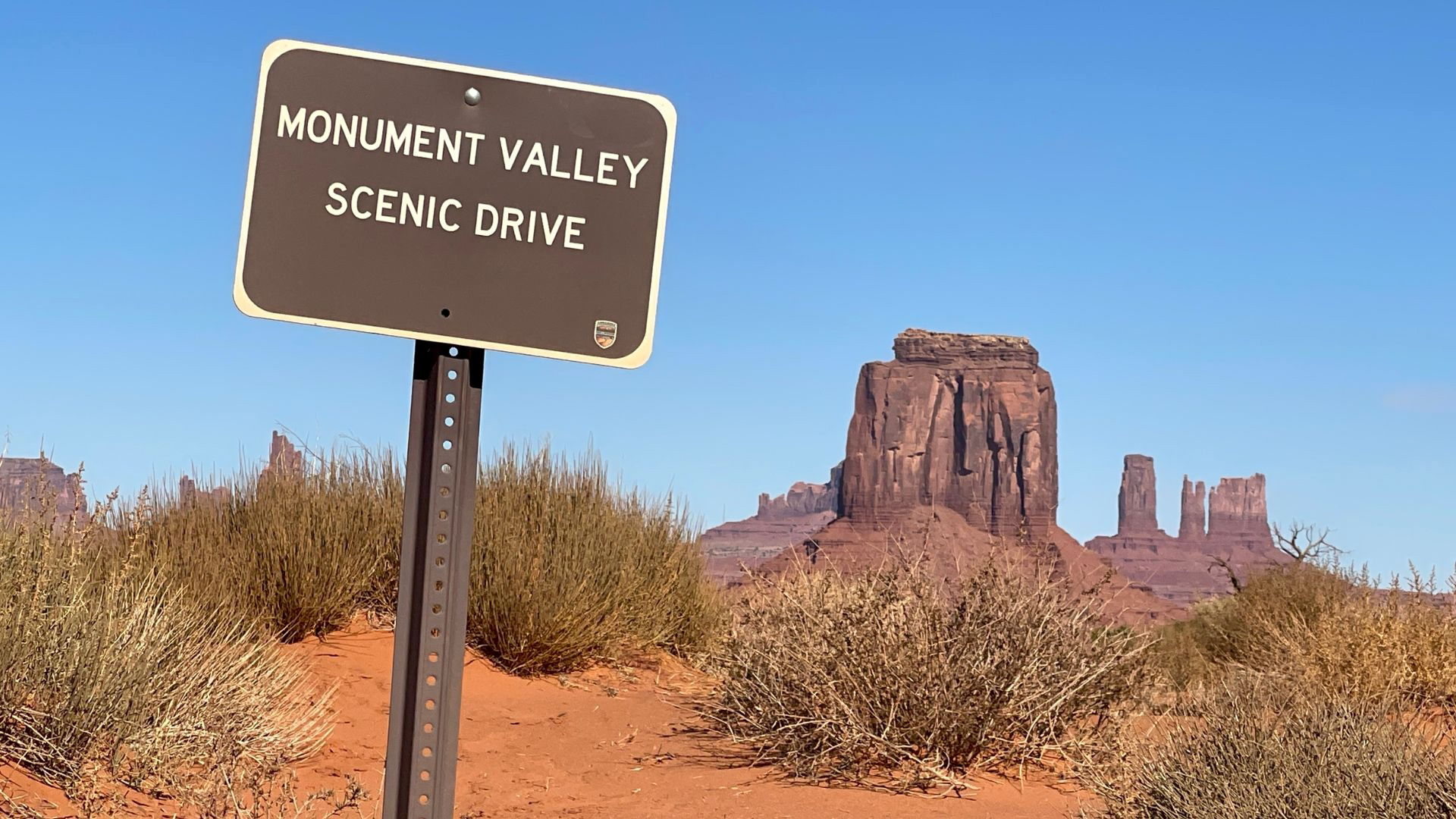
Although you can stay in the park itself and have to yourself after the gates have closed and before they open, there is a budget option very close by that’s just as good. Before you reach the gates of Monument Valley Tribal Park there’s a Navajo Nation Monument. Take a left-hand turn onto a dirt road and, after a few hundred yards, you’ll reach a couple of campsites called Hummingbird, which you can book on Airbnb. As well as being far cheaper places to stay, whether you're camping or in an RV or campervan, there is a trail that leads from here to the edge of the valley that has genuinely stunning views. It’s the ideal place for a sunset if you’ve just arrived in the region and don’t want to pay the park’s daily entrance fee. It also offers a slightly different view of the three buttes, but is no less dramatic.
Get the Digital Camera World Newsletter
The best camera deals, reviews, product advice, and unmissable photography news, direct to your inbox!
5. Bring the right gear
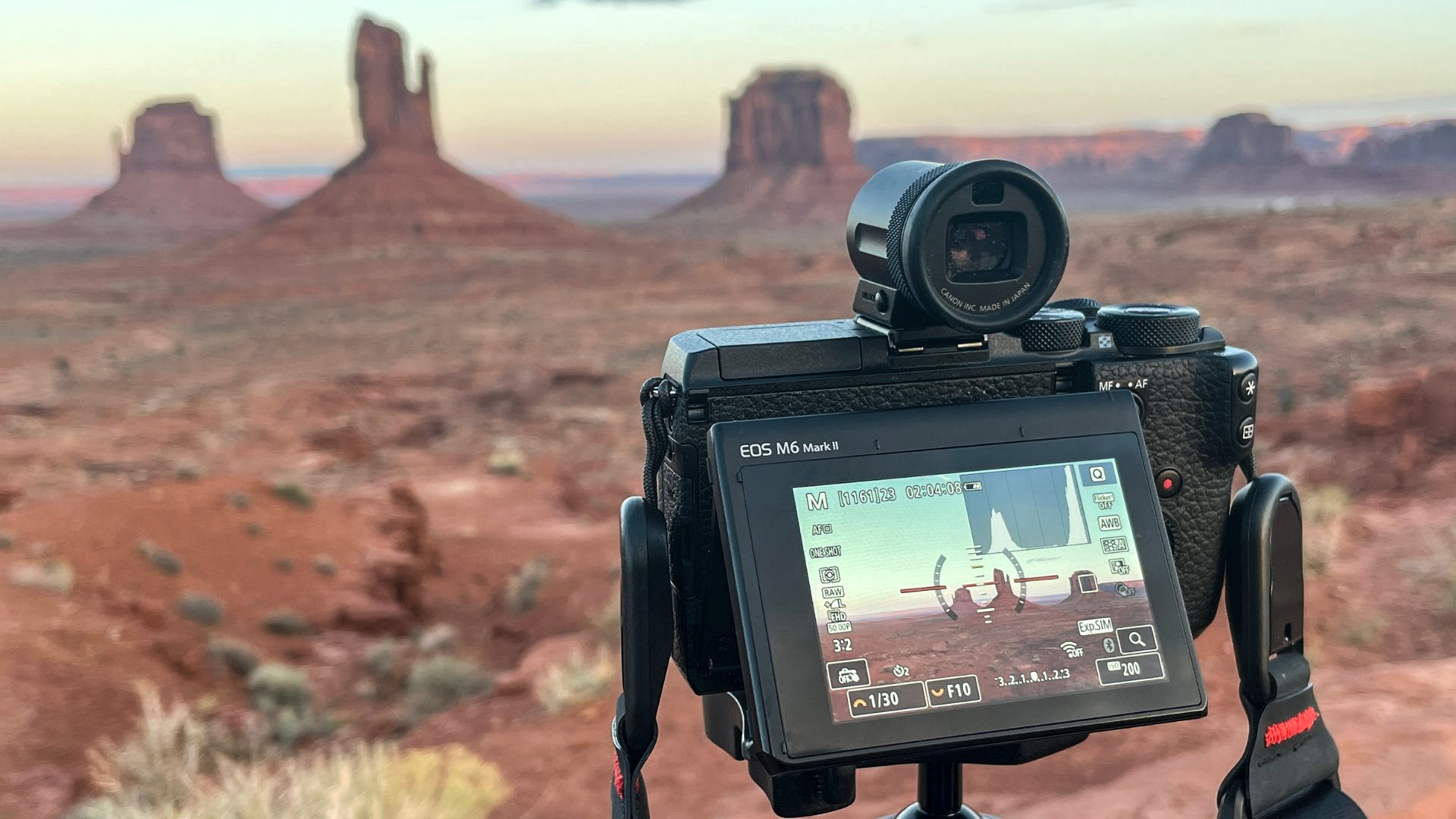
When tackling a subject as vast as the landscapes of the American West, it's best to come prepared. If you can only bring one lens, make it a zoom lens that covers an effective focal length range of around 25 to 105mm. However, a telephoto stretching to 300-400mm can also be for isolating specific rock formations such as the Three Sisters, and Totem Pole and Yei bi Chei. A wide-angle lens is not so critical unless you are interested in astrophotography, though since The Loop is closed at night you’ll need to stick to the rim of the valley for that (though unless you’re here in early spring and prepared to stay up very late the Milky Way is not ideally positioned). In general, the light pollution and frequent car headlights in the area make Monument Valley less than ideal for astrophotography.
6. Venture down the WildCat Trail
Few tourists do it, but the chance to get a close-up of one of the famous buttes is not to be missed. A 3.2-mile trail from the valley rim at the visitors center, the Wildcat Trail loops around West Mitten Butte and back up to the rim. It takes a couple of hours and is best done in the late afternoon when the shadows lengthen, with half the walk in its shadow and plenty of opportunities for starburst photography and silhouettes of the mighty butte. You need to sign out at the beginning of the trail and sign in when you return, but be sure to be back at the rim for sunset – it’s the perfect place. Just bear in mind that Monument Valley is 5,550 feet above sea level, so the hike back to the rim is best taken slowly.
7. Explore the area
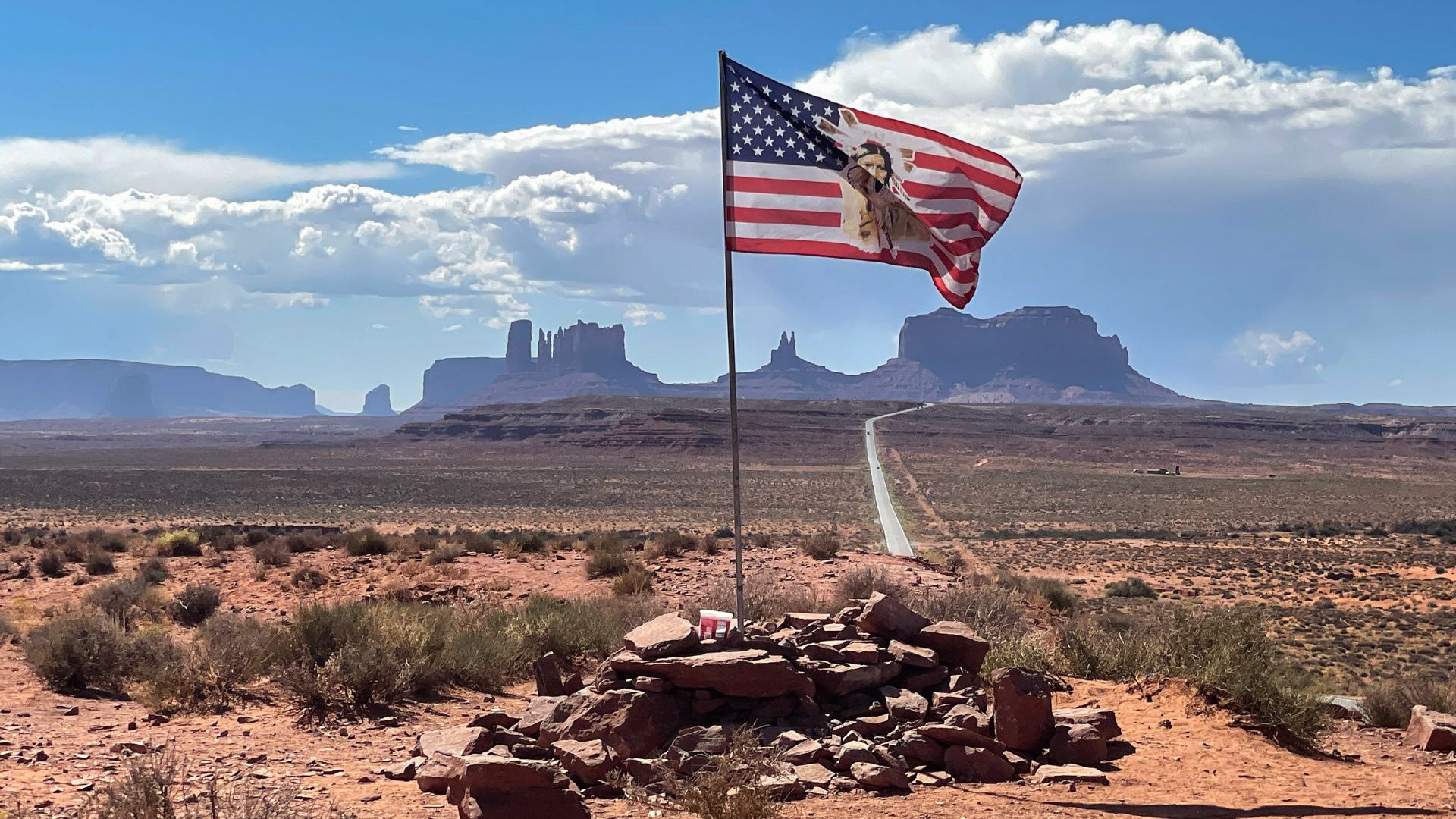
Although Monument Valley Tribal Park is the place to head, there are plenty of other spectacular views to be had in the general area. The most famous is a few miles northeast of Monument Valley on Highway 163 at what’s informally known as Forrest Gump Point. It’s actually three separate small parking areas, one of them unnamed and one called Monument Valley Overlook. For all three it’s possible to get an image of the highway snaking into the distance to Monument Valley. It’s an image that's on postcards literally millions of times and not surprisingly the highway is almost permanently covered in tourists trying to snap selfies. If you are a photographer you'll want to avoid all that, which you can do by going to the overlook closest to Monument Valley, which tends to be quieter. Other iconic red rock landscapes in the general area include Mexican hat about 25 miles further along Highway 163 and, about 10 miles further on than that, the fabulous 17-mile loop road called Valley of the Gods – though you’ll need a 4x4 to be safe.
Check out guide to other great locations for photographers: the best places for photography around the world

Jamie has been writing about photography, astronomy, astro-tourism and astrophotography for over 15 years, producing content for Forbes, Space.com, Live Science, Techradar, T3, BBC Wildlife, Science Focus, Sky & Telescope, BBC Sky At Night, South China Morning Post, The Guardian, The Telegraph and Travel+Leisure.
As the editor for When Is The Next Eclipse, he has a wealth of experience, expertise and enthusiasm for astrophotography, from capturing the moon and meteor showers to solar and lunar eclipses.
He also brings a great deal of knowledge on action cameras, 360 cameras, AI cameras, camera backpacks, telescopes, gimbals, tripods and all manner of photography equipment.
